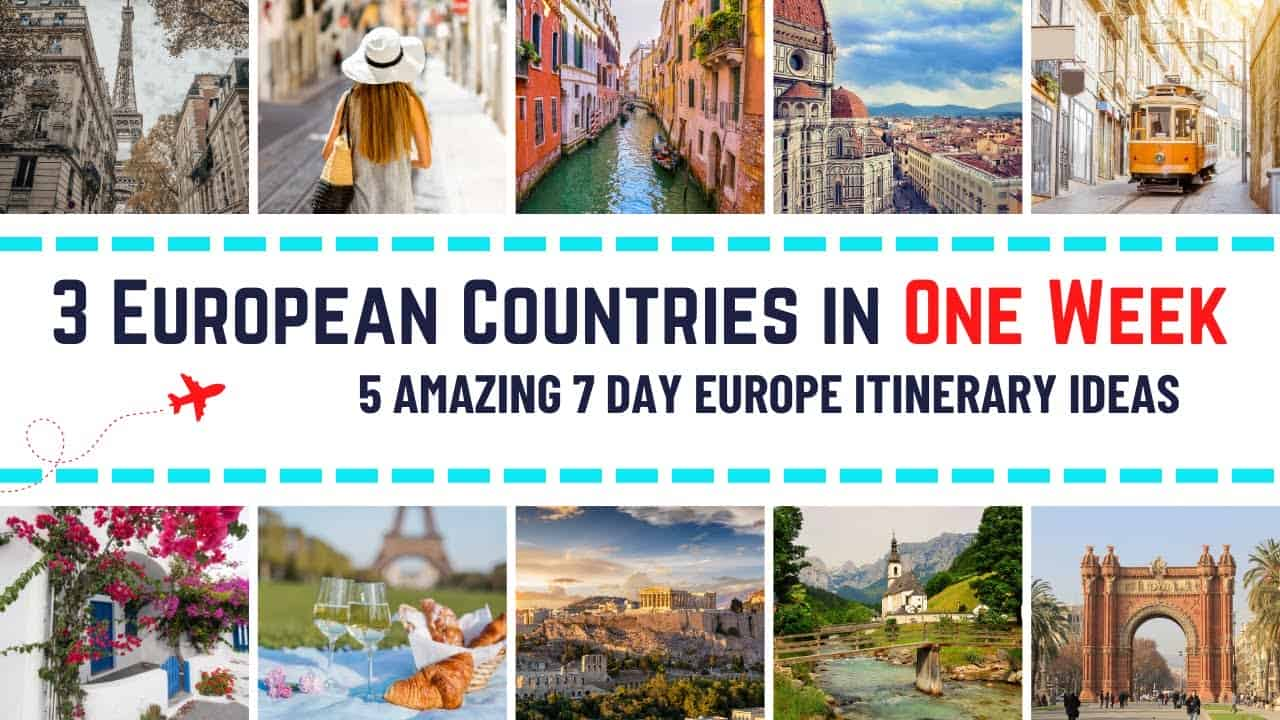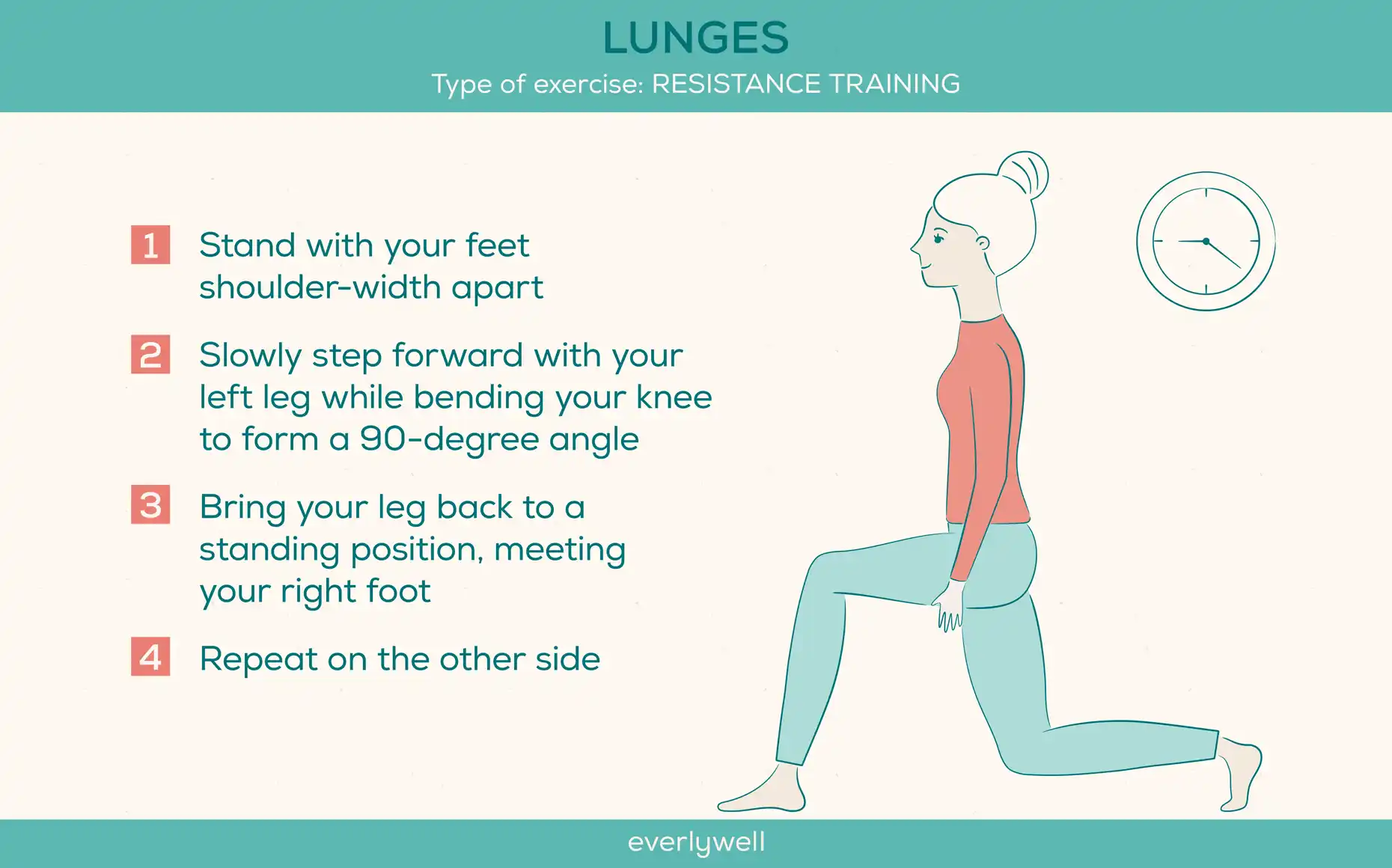How Crash Tests Are Conducted Explained
Mia Wilson
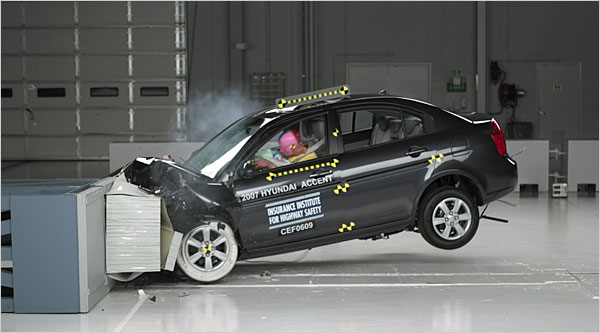
Photo: How Crash Tests Are Conducted Explained
Crash tests are vital to ensuring the safety and reliability of vehicles on the road. They are designed to simulate real-world collisions under controlled conditions, providing data to engineers, manufacturers, and regulatory bodies. But how exactly are these tests conducted? In this article, we will dive into the science and methodology behind crash testing, exploring its purpose, process, and impact on road safety.
The Purpose of Crash Testing
Crash tests serve multiple purposes, all aimed at reducing the risk of injury and death in vehicle collisions. These tests help manufacturers:
- Evaluate Safety Features: Assess how well airbags, seatbelts, and crumple zones perform.
- Meet Regulatory Standards: Comply with government-mandated safety requirements.
- Enhance Consumer Confidence: Provide buyers with safety ratings that influence purchasing decisions.
For consumers, crash test ratings are a critical factor when choosing a vehicle, making the accuracy and reliability of these tests a cornerstone of automotive safety.
Types of Crash Tests
Crash testing involves several scenarios, each replicating different real-world conditions. Here are the primary types:
1. Frontal Crash Tests
Frontal crashes are the most common type of collision. These tests involve driving a vehicle into a fixed barrier or another vehicle at a specific speed (usually around 35 mph). Dummies equipped with sensors measure the impact forces on various body parts, such as the head, chest, and legs.
2. Side-Impact Tests
Side collisions can be particularly dangerous because vehicles have less space to absorb the impact. In this test, a moving barrier mimics another car colliding with the side of the vehicle. Sensors gauge the effects on occupants and evaluate the effectiveness of side airbags.
3. Rollover Tests
Rollover crashes are less frequent but often more fatal. Rollover tests assess a vehicle's stability and roof strength by simulating scenarios where the vehicle tips or rolls over.
4. Rear-Impact Tests
Rear-end collisions are common in traffic. These tests analyze the performance of head restraints and seats in preventing whiplash and other neck injuries.
How Crash Tests Are Conducted
Conducting crash tests is a meticulous process that combines engineering precision with advanced technology. Here’s a step-by-step breakdown:
1. Vehicle Preparation
Before a test, vehicles are carefully inspected and prepared. This includes ensuring all components are in their original, factory condition. Any non-standard modifications could skew the results.
2. Dummy Placement
Crash test dummies are strategically placed inside the vehicle. These dummies are sophisticated tools equipped with sensors to measure impact forces on different body parts. They represent various human sizes, from children to adults.
3. High-Speed Cameras and Sensors
The test site is equipped with high-speed cameras and sensors to capture every detail of the crash. These devices record data at thousands of frames per second, allowing analysts to study the impact in slow motion.
4. Controlled Crash Execution
The vehicle is propelled into a barrier, another vehicle, or struck by a moving object, depending on the test type. Speeds, angles, and collision points are pre-determined based on real-world accident data.
5. Data Analysis
Post-crash, data from the dummies and cameras is analyzed. Engineers evaluate the extent of damage, forces experienced by occupants, and the effectiveness of safety systems.
The Role of Crash Test Dummies
Crash test dummies are central to these evaluations. Far from simple mannequins, these devices are engineered to mimic human anatomy and behavior in crashes. Types of dummies include:
- Hybrid III: The most widely used dummy for frontal impact tests.
- SID-IIs: Designed specifically for side-impact testing.
- CRABI: Child-sized dummies used for evaluating child restraint systems.
Each dummy is fitted with sensors to measure acceleration, pressure, and deformation. The data they provide is invaluable for improving vehicle safety.
Regulatory Standards and Consumer Organizations
Crash tests are often conducted by regulatory bodies and independent organizations to ensure unbiased results. Some of the most prominent entities include:
- National Highway Traffic Safety Administration (NHTSA): Conducts New Car Assessment Program (NCAP) tests in the United States.
- Insurance Institute for Highway Safety (IIHS): A U.S.-based organization known for its rigorous safety evaluations.
- European New Car Assessment Programme (Euro NCAP): Provides safety ratings for cars sold in Europe.
These organizations use a star-rating system or scoring to communicate vehicle safety levels to the public.
Advancements in Crash Testing
The field of crash testing continues to evolve with advancements in technology:
1. Virtual Crash Testing
Computer simulations are increasingly used to complement physical tests. They allow engineers to test multiple scenarios and configurations before conducting live tests, saving time and resources.
2. Autonomous Vehicle Testing
With the rise of autonomous vehicles, crash tests now include scenarios where technology, rather than a human driver, dictates vehicle response.
3. Smart Sensors and AI
Modern dummies are fitted with more advanced sensors, and artificial intelligence is used to analyze crash data more efficiently, providing deeper insights into safety performance.
The Impact of Crash Testing on Road Safety
Crash testing has undoubtedly contributed to safer roads. Since its widespread adoption, fatality rates in automobile accidents have significantly declined. Features like airbags, anti-lock braking systems, and electronic stability control owe much of their development to insights gained from crash tests.
Challenges and Criticisms
While crash testing has saved countless lives, it is not without its limitations:
- Cost: Crash tests are expensive, limiting their frequency and scope.
- Real-World Variability: Controlled tests may not perfectly replicate the complexity of real-world accidents.
- Bias Toward Specific Demographics: Some argue that dummies primarily represent average-sized males, potentially overlooking risks for women and smaller individuals.
These challenges highlight the need for continued innovation and inclusivity in testing methodologies.
Conclusion
Crash testing plays an indispensable role in the automotive industry, bridging the gap between vehicle design and real-world safety. By simulating various collision scenarios, these tests provide valuable insights that shape safer vehicles and save lives. As technology continues to advance, crash testing is set to become even more precise, inclusive, and impactful.
Whether you're a car enthusiast or a cautious consumer, understanding how crash tests are conducted gives you a greater appreciation for the engineering efforts that prioritize safety on the road. The next time you check a vehicle's safety rating, remember the rigorous processes behind those stars they might just save your life.
For You
View AllDiscover how changes in the minimum wage affect the economy, businesses, and workers. Click to explore the pros and cons!
Mia Wilson
Explore Europe with this 7-day travel itinerary. Discover must-see destinations, activities, and tips for a hassle-free European adventure!
Mia Wilson
Learn what international trade is and why it’s essential for global economies. Click for an engaging overview!
Mia Wilson
Improve your heart health with these effective aerobic exercises. Boost your wellness now! Click here!
Mia Wilson
Unlock the benefits of mindfulness meditation for a calmer and more focused life. Start your journey today!
Mia Wilson
Uncover the meaning of an educated guess, how it’s used in problem-solving, and why it’s a critical thinking tool. Learn more now!
Mia Wilson
Health
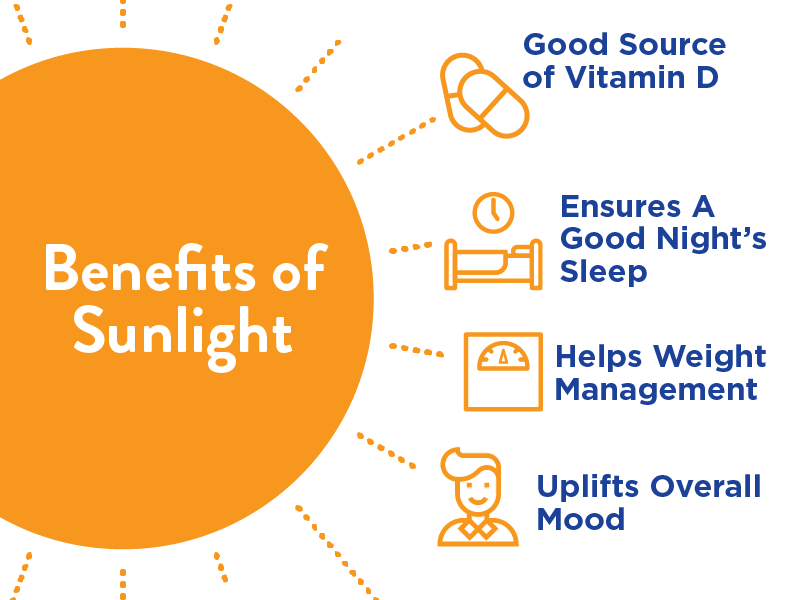


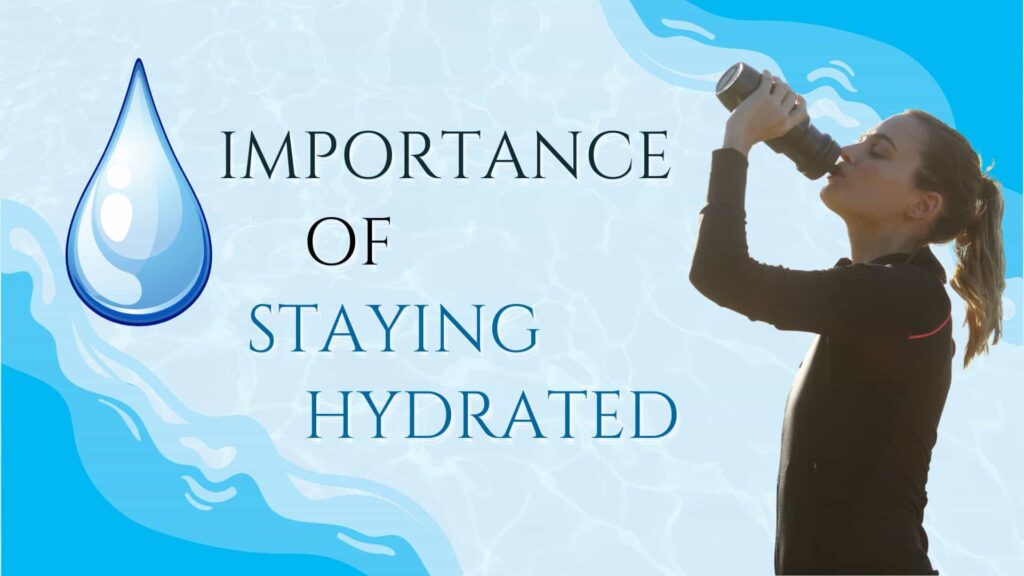


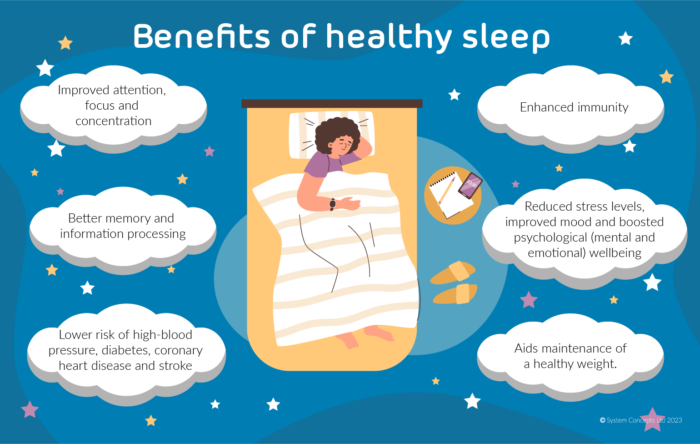



Education
View All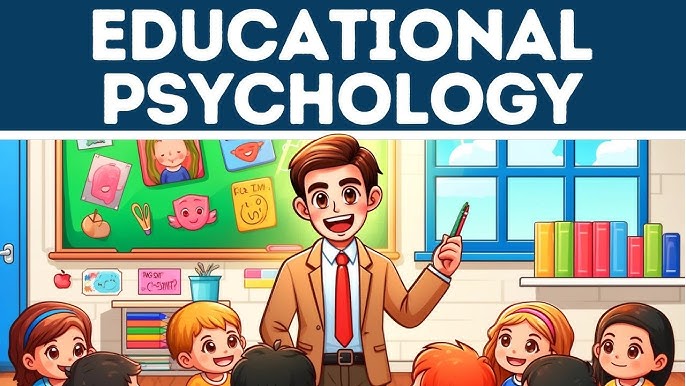
April 19, 2025
What Is Educational Psychology?
Discover educational psychology and how it enhances teaching and learning processes. Unlock better understanding today!

May 13, 2025
What Country Has the Best Education?
Find out which country tops global education rankings and what sets its education system apart. Discover the secrets today!

May 28, 2025
Should Sex Education Be Taught in Schools?
Dive into the debate about sex education in schools and its role in promoting informed and healthy choices. Share your thoughts!

